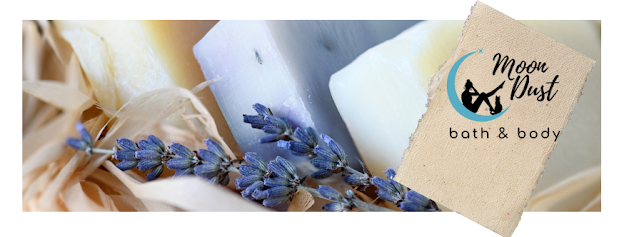
Safflower: The Versatile Ingredient in Cosmetics
Have you ever come across the name Carthamus tinctorius on a cosmetic product label and been unsure what it represents? Carthamus tinctorius is the botanical name for safflower, which is frequently used in food, supplements, and cosmetic formulations. This plant has a history dating back to ancient Egyptian times, and references to it can be found in numerous Greek documents.
Safflower is a major crop in India, with many agricultural and commercial applications. In the United States, it is grown mainly in the western part of the country, with California producing around 50% of the plant, and it is also cultivated in western Canada. Although the plant has been used for centuries, safflower seeds were not pressed for oil until 1925. Its popularity began to rise in the 1960s as people began discovering its benefits.
Safflower oil is an excellent choice for cosmetic product formulations due to its components, such as vitamin E and antioxidants, which help combat free radicals and moisturize the skin. The benefits of safflower oil are numerous, and it can effectively handle various skin issues.
As we age, our skin cells lose elasticity, which results in sagging, fine lines, and wrinkles. By topically applying nourishing oils like safflower oil, water loss can be reduced, and the skin can remain hydrated, thereby minimizing the appearance of wrinkles.
Safflower oil contains a significant amount of linoleic acid, which works as an analgesic and antioxidant. Linoleic acid helps restore lost collagen due to environmental factors such as UV exposure and free radicals. Additionally, it has a significant role in opening the skin to moisturizers. Moreover, safflower oil is a penetration enhancer, making the skin more receptive to other ingredients found in cosmetic product formulations.
Safflower oil is rich in omega-6 and omega-3 essential fatty acids, which are crucial to overall skin function and a healthy skin appearance. By topically applying safflower oil, the inflammatory response in different layers of the skin can be minimized, as both essential fatty acids significantly affect the skin's fatty acid composition. Furthermore, essential fatty acids are required for the optimal structural integrity of the skin. By supplementing the skin with specific essential fatty acids, symptoms associated with skin sensitivity and inflammatory disorders can be minimized, which can have a significant influence on the skin's appearance.

Comments
Post a Comment